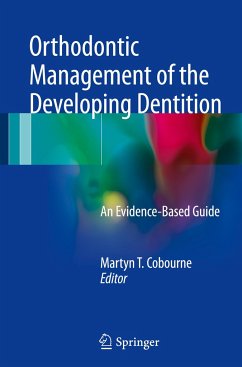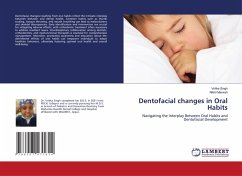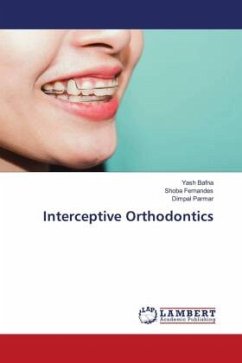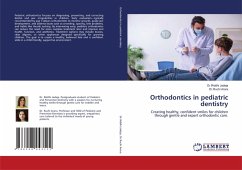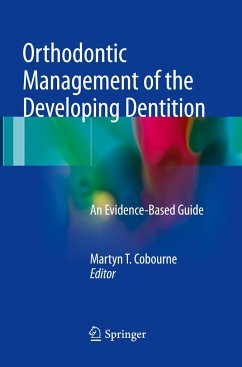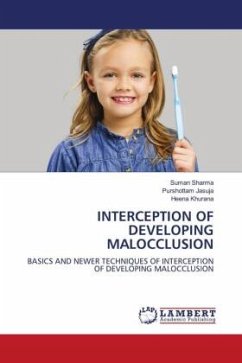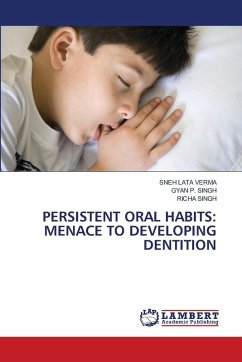
PERSISTENT ORAL HABITS: MENACE TO DEVELOPING DENTITION
Versandkostenfrei!
Versandfertig in 6-10 Tagen
40,99 €
inkl. MwSt.

PAYBACK Punkte
20 °P sammeln!
In clinical orthodontics and in the study of growth and development of the dentition, an understanding of the effects of the enveloping musculature upon the conformation of the dental arches into which the individual elements of the dentition fit is of great importance. Presence of an oral habit in the 3 to 6 years old child is an important finding during the clinical examination. An oral habit is no longer considered normal for children near the end of this age group. Efforts to discourage the habit may involve as little as a conversation between the dentist and the child or they may involve ...
In clinical orthodontics and in the study of growth and development of the dentition, an understanding of the effects of the enveloping musculature upon the conformation of the dental arches into which the individual elements of the dentition fit is of great importance. Presence of an oral habit in the 3 to 6 years old child is an important finding during the clinical examination. An oral habit is no longer considered normal for children near the end of this age group. Efforts to discourage the habit may involve as little as a conversation between the dentist and the child or they may involve more complex appliance therapy. The role played by the orofacial musculature in the shaping of the dentition has long attracted the interest of orthodontists. Deleterious habitual patterns of muscle behavior, often are associated with perverted or impeded osseous growth, tooth malposition, disturbed breathing habits, difficulties in speech, upset balance in the facial musculature and psychological problems. Therefore, one cannot correct malocclusion without involvement in such reflex activities. This book elaborates the etiology, effect and management of various persistent oral habits.



